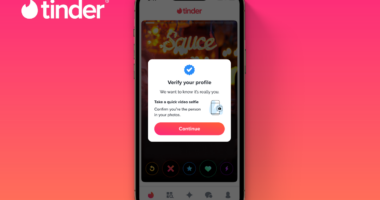
Whether it’s Jack and Rose in the Titanic or Danny and Sandy in Grease, we’ve been led to believe that opposites attract.
But analysis of more than 130 personality traits across millions of couples suggests the adage simply isn’t true.
‘Our findings demonstrate that birds of a feather are indeed more likely to flock together,’ said author Tanya Horwitz, from the University of Colorado Boulder.
Her team in the US combined data from nearly 200 previous studies dating back to 1903 with their own analysis.
They examined dozens of traits in couples including parents, those who were married, engaged and partners who lived together.


Scientists found that traits such as political and religious attitudes, level of education and certain measures of intelligence were strongly similar between the pairs (Stock)


Partners were also likely to share traits linked to substance use – with heavy smokers, drinkers and teetotalers tending strongly to couple up with those who had similar habits (Stock)
They discovered traits such as political and religious attitudes, level of education and certain measures of intelligence were strongly similar between the pairs.
Partners were also likely to share traits linked to substance use – with heavy smokers, drinkers and teetotalers tending strongly to couple up with those who had similar habits.
There were also links between height, weight, medical conditions and personality traits, the researchers found.
The trait for which couples were most likely to be similar was birth year.
But from their analysis the team said there was ‘no compelling evidence’ on any trait that opposites attract.
Overall they discovered that for between 82 and 89 per cent of those analysed, partners were more likely than not to be similar.
For only 3 per cent of traits did individuals tend to partner with those who were different than them.
These included chronotype – whether someone is a ‘morning lark’ or a ‘night owl’.
‘These findings suggest that even in situations where we feel like we have a choice about our relationships, there may be mechanisms happening behind the scenes of which we aren’t fully aware,’ Ms Horwitz said.
The team, whose research is in the journal Nature Human Behaviour, said couples could share traits for a range of reasons.
Some people are attracted to people who are similar to them, while others grow more alike the longer they are together.
However, there could be long-term consequences – for example, if short people are more likely to have children with other small individuals, there could be more height extremes in the next generation, they said.
Meanwhile, people coupling up with those from a similar educational background could inadvertently be widening the socioeconomic divide.







